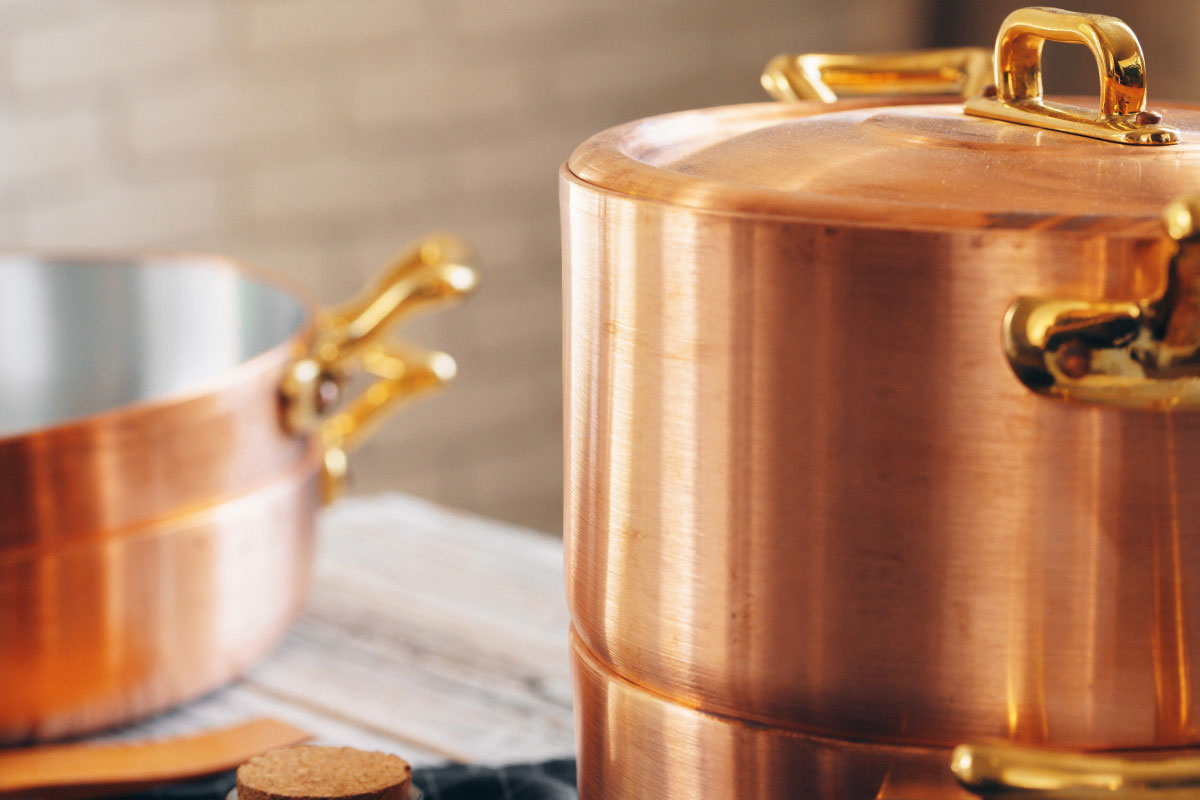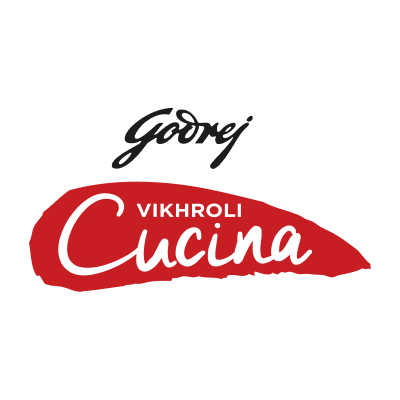
Traditional Indian cookware that is making a comeback
Forget the non-stick cookware you vouch for, it’s the traditional stoneware and copper vessels, which are making their presence felt in kitchens now.

How many of us have felt that our grandmothers’ recipes which we recreated don’t quite taste the same? Of the many reasons that we can come up with, one is sure to be true: we probably haven’t cooked the dish in the traditional cookware that was used earlier. Fans swear that the taste of food cooked in these traditional pots and pans can’t be replicated in modern cookware. They also point out that its longevity, use of sustainable materials and lack of chemical additives are among the other qualities that make it their top choice to cook in.
It’s no wonder then that traditional cookware has been making a comeback in our kitchens. Here are some traditional cookware to keep in mind if you want to add to your kitchen collection.
Charoti
These huge copper vessels with narrow necks are popularly used to cook Himachali festive or wedding feasts. The food remains hot for a longer time due to the thick walls of the vessels.
Mannchatti
Traditionally fish curry in Kerala is cooked in a flat-bottomed, terracotta pot, which has a wide mouth and a lid. The mannchatti or meenchatti is usually held by the rim and quickly swirled to stir the curry without allowing the fish to disintegrate. The pot retains heat for a long time, which allows the fish to cook slowly. The curry also gets a unique taste due to the earthy flavour that the clay pot imparts.
Eeya chombu
Once upon a time, eya chombu was a kitchen staple down south. The reason? The tin vessel was used to prepare rasam. It is said that the rasam acquires a unique smell and flavour when cooked in an eeya chombu.
Kalchatti
Soapstone vessels have long been popular for recipes that are sour or acidic in nature. The food doesn’t react with the stoneware, unlike in metallic vessels, which ensures that the taste and nutrition don’t get affected. It is often said that stoneware is one of the healthiest materials to cook in: it consumes lesser fuel, retains heat and cooks food evenly.
Lohar kadai
These cast iron works have long been used to cook curries and dry sabzis. The dish is said to transfer trace elements of the metal to the food, hence enriching it in a way that is beneficial for the body. This is also the reason why sabzis cooked in the cast iron kadais get a beautiful dark colour.
Pata varvanta
Pata varvanta (Marathi), sil batta (Hindi), shil nora (Bengali) and ammi and kulavi (Tamil): the grinding stone is known by many names across the country. The (usually) oblong shaped apparatus can be used to coarsely grind dry spices or even chutneys, masalas and thecha.
Are there any lesser- known traditional cookware that you would like to add to our list? Share it with us in the comments section below.
Tags
0 Comment
You may also like
-
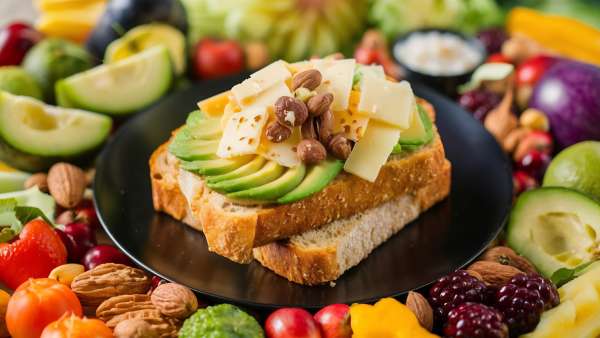
Kitchen stories Best Snacks for you 2026 fitness goals
by Vikhroli Cucina
-
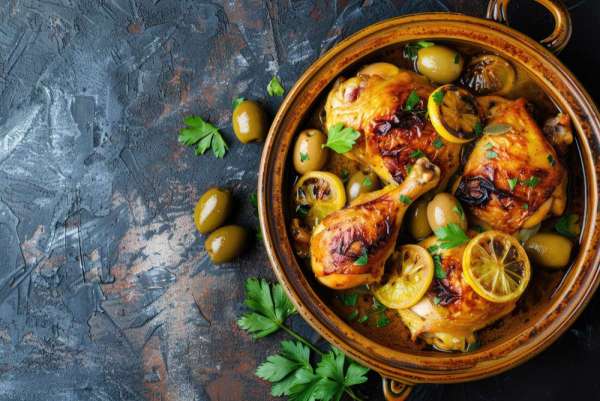
Kitchen stories Best of 2025: the year in search and 3 viral chicken recipes
by Vikhroli Cucina
-
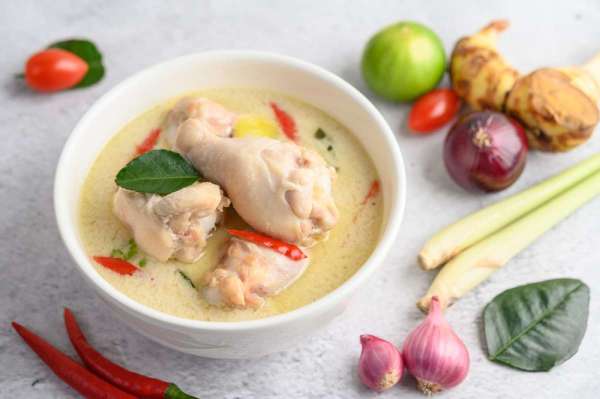
Kitchen stories The weekend chicken curry Christmas special: The Kerala Chicken Stew
by Vikhroli Cucina
-
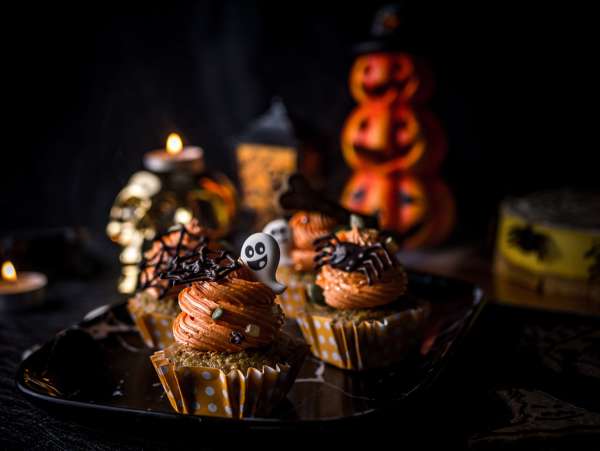
Kitchen stories Gothic gastronomy: A Halloween menu of edible illusions
by Vikhroli Cucina

